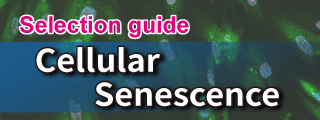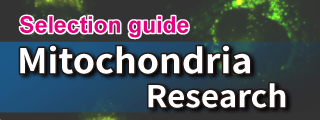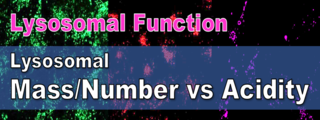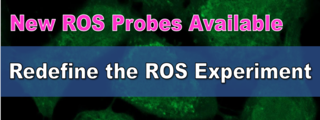|
The Expanding Role of Glucose Uptake
Glucose uptake has long been studied in cancer, where altered metabolism is a defining feature. More recently, attention has also expanded to aging and neurodegeneration. Studies in neural stem cells and astrocytes now highlight glucose transport as a critical factor in both regenerative decline and metabolic support in the brain.
|
|
CRISPR–Cas9 screens reveal regulators of ageing in neural stem cells (Nature, 2024)
Summary: To address the decline of neural stem cell activity with aging, this study developed the first systematic CRISPR–Cas9 knockout screening platforms to identify genes that can restore regenerative function. The authors discovered that increased glucose uptake is a critical barrier to activation in aged cells, and that targeting GLUT4 or applying transient glucose restriction can rejuvenate their capacity to generate new neurons.
Highlighted technique: To investigate glucose uptake in aged neural stem cells, the authors used two glucose analogue–based assays: a luminescence assay with 2-deoxyglucose and a fluorescent assay with 2-NBDG analyzed by flow cytometry. To determine whether this increased glucose uptake alters downstream metabolism, extracellular acidification rate and oxygen consumption rate were measured as indicators of glycolysis and mitochondrial respiration.
Related techniques Glucose Uptake Plate Assay, OCR Plate Assay
|
|
Astrocytic GLUT1 deletion in adult mice enhances glucose metabolism and resilience to stroke (Nature Communications, 2025)
Summary: This study examined the role of GLUT1 in adult astrocytes, which support neuronal metabolism and antioxidant defense. Although GLUT1 is their main glucose transporter, its deletion did not impair uptake, astrocytes instead adapted through alternative pathways and increased glucose consumption. These results reveal the metabolic adaptability of astrocytes that sustains neuronal function and provides neuroprotection, and point to future studies on transporters such as GLUT3 and GLUT8.
Highlighted technique: To determine whether astrocytes increase their glucose consumption after GLUT1 deletion, glucose levels were monitored in acute brain slices using a fluorescent sensor whose signal changes with intracellular glucose, imaged over time by two-photon microscopy. Glucose uptake was pharmacologically blocked so that only intracellular glucose was available for use, and the rate of signal decline was measured as an indicator of consumption at the single-cell level.
Related techniques Glucose Uptake Assay for FM and FCM, Glycolysis/OXPHOS Assay Kit
Previous Science Note
|
Related Techniques (click to open/close)
|
Application Note (click to open/close)
> Modulation of Glucose Uptake by Cytochalasin B and Insulin
|

|
Using Glucose Uptake Probe Series to detect the inhibition of glucose uptake by the glucose transporter inhibitor Cytochalasin B in HepG2 cells with high sensitivity.
<Experimental Conditions>
Cell Line: HepG2
Miedum: MEM (5.5 mmol/l Glucose)
Incubation Conditions: 5 µmol/l Cytochalasin B / MEM (5.5 mmol/l Glucose, 10% FBS), 37℃, 24 hr
Reagent Conditions: Glucose Uptake Probe (500x dilution)/DMEM (0 mol/l Glucose), 37℃, 15 min
Device: Fluorescent Microscopy
<Products in Use>
Blue: Ex=340-380 nm, Em: 435-485 nm
Green: Ex=450-490 nm, Em: 500-550 nm
Red: Ex=533-557 nm, Em: 570-640 nm
|
|

|
Using Glucose Uptake Probe to evaluate insulin-induced glucose uptake enhancing in adipocytes with high sensitivity.
<Experimental Conditions>
Cell: mouse adipocyte
Miedum: DMEM (5.5 mmol/l Glucose, 10% FBS)
Inducer Conditions:0 or 1 µmol/l Insulin / DMEM (0 mmol/l Glucose , serum-free), 37℃, 15 min
Reagent Conditions:Glucose Uptake Probe (500x dilution) /DMEM (0 mmol/l Glucose, serum-free), 37℃, 15 min
<Products in Use>
Blue: Ex=340-380 nm, Em: 435-485 nm
Green: Ex=450-490 nm, Em: 500-550 nm
Red: Ex=533-557 nm, Em: 570-640 nm
|
|
| Previous Science Note |

















